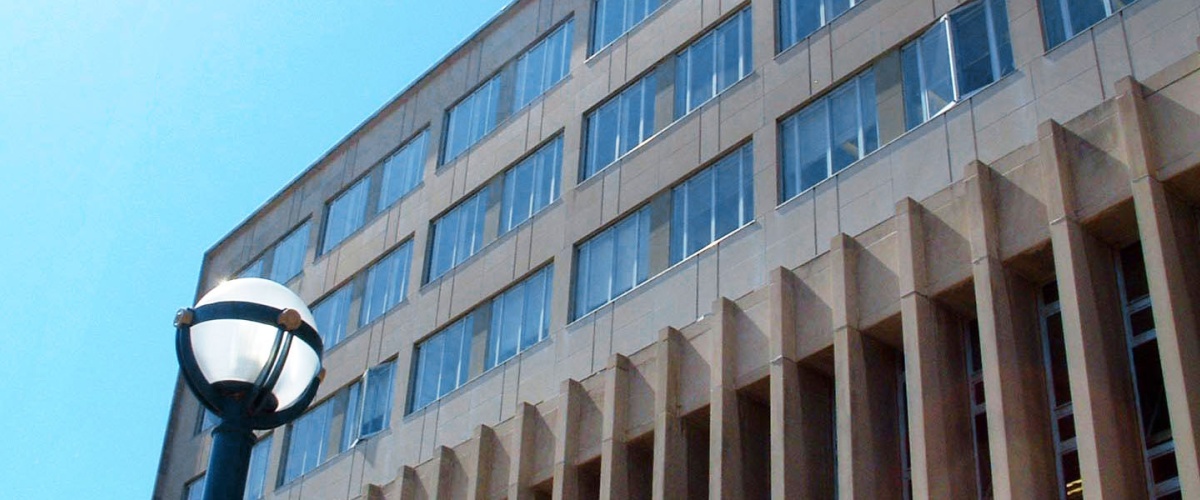After the Dredging
postedWexford Pond is bounded by Old Sauk, Westfield, Sawmill and High Point. It is a critical retention basin for the management of stormwater in the Pheasant Branch Watershed as well as a flourishing habitat for cranes, geese, ducks, herons, egrets, muskrats, fox, and herptiles among others. Bordered by paved paths, it is also a much-cherished destination for bikers and hikers. The dredging this winter is part of a multi-phase, multi-year stormwater engineering project to address the circumstances that led to significant property damage during the 2018 flood event.

What happens after the dredging is completed? Maddie Dumas, Greenway Vegetation Coordinator with Madison’s Engineering Department, has provided the following details of the revegetation plan.
". . . all disturbed areas will be reseeded with an appropriate native seed mix, and the entire pond and greenway corridor from N High Point Rd down to Old Sauk Rd will receive invasive species control. The revegetation plan at Wexford will focus on tallgrass prairie species in upland areas, and aggressive native wet-mesic species for areas closer to shoreline. The seed mix for the low-lying areas is a limited mix of three, aggressive species that are relatively easy to establish from seed—dark green bulrush, brown fox sedge and fowl manna grass. With proper site preparation, including control of the dominant invasive reed canary grass, these three species should be able to quickly recolonize the site after disturbance.
“The existing upland areas already have some native prairie species present including bergamot, gray-headed coneflower and foxglove beardtongue. The upland prairie seed mix will supplement the existing native vegetation and provide blooms that span the season. Two species of native grass, Indian grass and big bluestem, are included as well. The upland prairie mix was selected to include species that do not require the cold-moist conditions of winter to germinate—an important consideration as this allows us to sow native seed immediately after work wraps up, regardless of time of year. Sowing immediately will give the native species an opportunity to get in some growth while the area is newly disturbed and competition from invasive species is lowest.
“The contractor will be required to pursue invasive species control to allow for proper establishment of native plants. Amongst the typical invasive species present on site, notable populations of wild parsnip, crown vetch and reed canary grass will require the most inputs to control. Due to the size of the site, it may be included in future City-wide invasive species contracts that we maintain for stormwater land across the City until the invasive populations are well under control and natives well established. At this point, Engineering conservation staff will continue to control invasive species and diversify the native plants on site by sowing additional seed, or planting plugs we grow in-house. Plug planting will focus on low lying, wet or emergent plants to supplement the initially small list of native wet species we are sowing. After a few years the site will likely be mature enough to introduce prescribed burns as a means of promoting the native plant growth and keeping the invasive plants, especially woody plants, in check. Expect that management on this site will include spot herbicide treatment and site-wide mowing, particularly in the first two years, but less frequently over time.
“You are likely already aware, but even with a relatively limited native plant population, Wexford Ponds are a great resource for herptiles. The relocation of so many turtles, frogs and toads from this site speaks to the value of the site for wildlife. With improvements to the density and diversity of native plants, I expect we can enrich those habitat offerings greatly, while improving the ability of the site to capture, infiltrate and filter pollutants from stormwater.”

